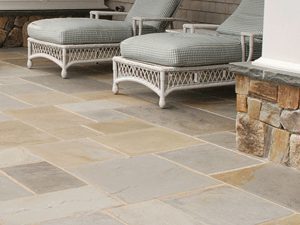The Wetlands Across the Southeastern United States
Last month the Land Trust Alliance had its annual conference in New Orleans. Those attending the conference toured the Abita Creek Flatwoods Preserve which is a 950-acre preserve that is only one of three wetlands in St. Tammany Parish that is run by the Nature Conservancy.
The group also toured Longleaf Pine Savanna that used to cover around 90 million acres across the southeastern part of the country and now only go along 3 million acres. The wetlands though is the dominant one in St. Tammany Parish. The wetlands are very important and a critical part of the ecosystem. It is a habitat for many plants and animals and it filters water, recharges aquifers and prevents flooding. In fact it can store as much as one million gallons of stormwater per acre.
The reason for the shrinkage is all to be blamed on us. Clearing land to create places for livestock, harvesting trees for lumber, harvesting pitch and tar and now clearing for development is destroying our wetlands. St. Tammany is seeing a dwindle in wetlands currently due to its boom in residential developments. So many people have homes close to the wetlands, so natural fires are stopped so they do not harm homes. These natural fires, caused by lighting strikes mainly, are necessary for wetlands to thrive by restoring and maintaining them.
Luckily Longleaf Pine Savanna has regained some of its territory due to restoration and preservation efforts. These include mitigation banks which account for 4.5 million to 5 million acres of wetlands across the United States. Locally, in St. Tammany there are over 12,000 acres of wetlands that are in 17 mitigation banks according to the Corps of Engineers New Orleans. Out of the 12,000 acres, 11,320 are part of the Pine Flatwood Savanna.
In order to preserve the wetlands, developers will have to apply for a 404 permit from the Corps of Engineers before they put any fill material in a wetland. When applying, they must show that they have done everything to avoid no or very little wetlands damage, or if too much damage is unavoidable, they must purchase credits from a mitigation bank. These credits will allow a developer to build on wetlands that
St. Tammany Parish has its own mitigation bank that can charge as much as $30,000 per acre and is called Cane Bayou. Even though the parish has a mitigation bank, residents and environmentalists still are opposed to developers messing with the wetlands. Lacombe Concerned Citizens are opposing D.R. Horton’s new development, Honeybee, due to the impact it could have on the wetlands. In fact wetlands make up 77% of the 275-acre site.
Abita Creek is a great example of a “bio-diverse haven.” St. Tammany’s mitigation bank helped to plant over 100,000 longleaf pines. The site has become a haven for rare species and native orchids, insects, reptiles, amphibians, birds and mammal species.
“When we bought 800 acres, we thought we had really done something,” says Nelwyn McInnis of the Land Trust of Louisiana. She was then told they need to add 20,000 more acres to that to meet the standards for the Nature Conservancy. “Twenty years later, we’re on our way,” McInnis says.

